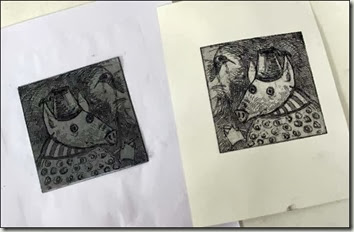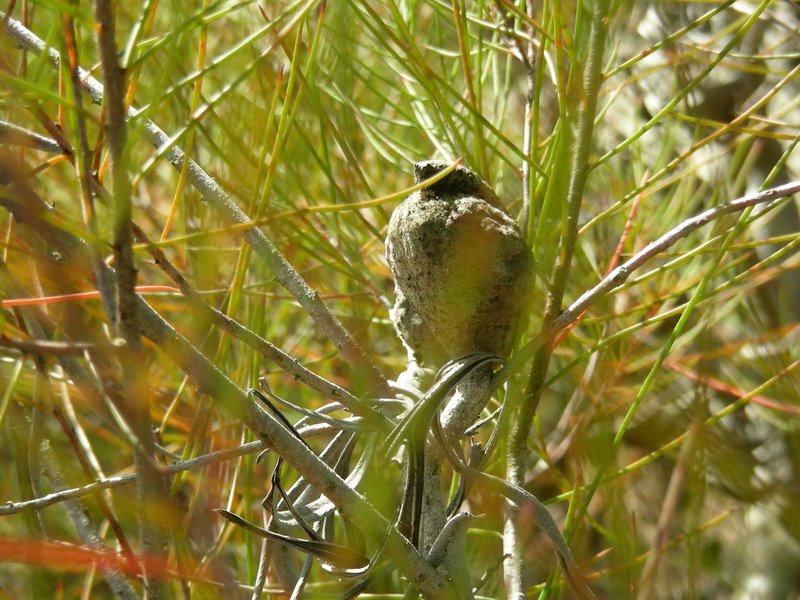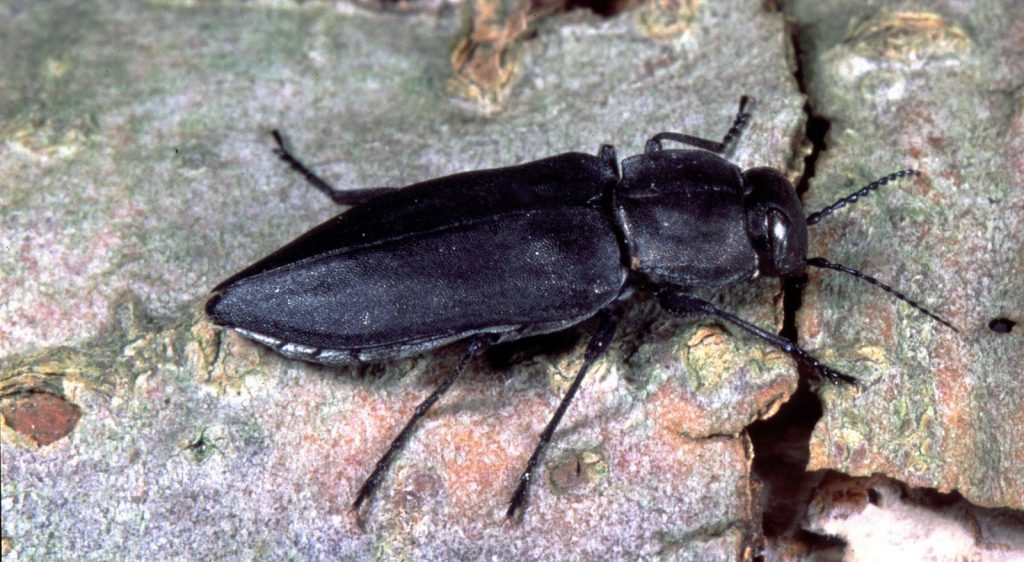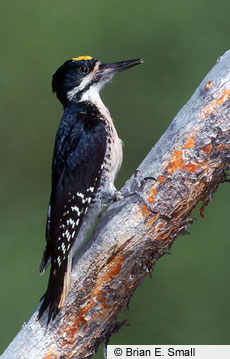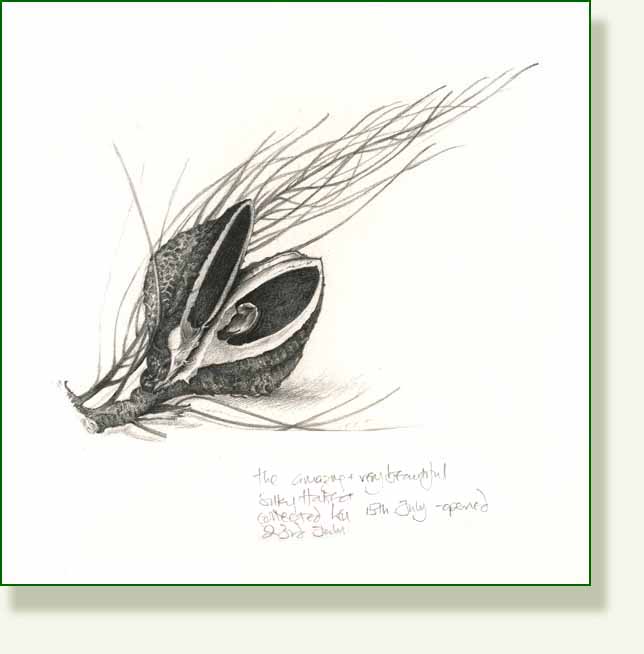Over at Printdaily this week my printing adventures have involved etching. Yesterday I spent the day going through the process, at a bit of a gallop, from start to finish. The whole process is faffy and time consuming and I had dithered about an image but, eventually with Chris’ Salute The Pig Project in mind I made a scribble based on my sadly lost, but not forgotten, Pig in Jacket.
Etching plate and Print of Pig.. you can read about the lengthy process over at Printdaily here. “
Pig in Jacket” was one of the small treasures that I kept when we made the big move over ten years ago. He was a small, I think about 4 inches high, white porcelain figure. I cannot remember when or where I got him. He had been with me for many years. Today I went back to the photo I found and made some sketches.
Lost Treasure 1. Pig in Jacket

The Consequences of Fire
Just over three years ago, on the day I set up my “Buzz”show in London. I received an email telling me that everything I had in the world, apart from the suitcase of things I had taken to the USA, had been lost in a “ catastrophic” fire in Spain.
I had taken a small storage unit, not much bigger than a walk in wardrobe, in a new steel, self storage facility, just to keep the special things in my life safe. It seems so ironic now.
I lost all my paintings and drawings, all my sketchbooks, beautiful old watercolour papers, my stash of now unobtainable professional scraperboard, my fine tools and brushes, gilding equipment, precious pigments, paints, the very special selected books I had kept, all my personal treasures, small pieces of jewellery, hangings and silks from India that my grandmother had brought back in the 1920’s.
My teddy, my old toy dog, my tiny old lead farm animals, my desk, my easel, my book press and countless other small but irreplaceable things which I had tried to keep safe. But the state of the art storage unit protected with alarms, sprinklers, cameras etc had gone up in flames. It was Spain, at its worst.
Probably arson, possibly an electrical fault. Who knows, and not worth wading through the corruption and concealment to find out. What is gone is gone. I have not mentioned the fire before because I loathe “pity me” blogs and the very best thing to do in these circumstances is to shake yourself down, be thankful for small mercies and get on with life.
Anyway amongst the losses was this pig. Oddly enough I had taken a few snaps of my favourite small things just before I left as I had planned some drawings and the photographs were on my laptop. It’s been in my mind lately to have another look at them, now things are not quite so raw, and Pig in Jacket fits in so well with what I am up to now.
A Previous Incarnation of Pig
It’s not the first time I have used Pig in my work. Some 23 years ago he appeared in my Devil’s Alphabet, which I am about to reprint. Pig here is rejecting the drunken advances of the Devil.

The Devil with Pig… A tiny scraperboard drawing. .. and I think there will be a lino cut too.. He was a nice Pig!

